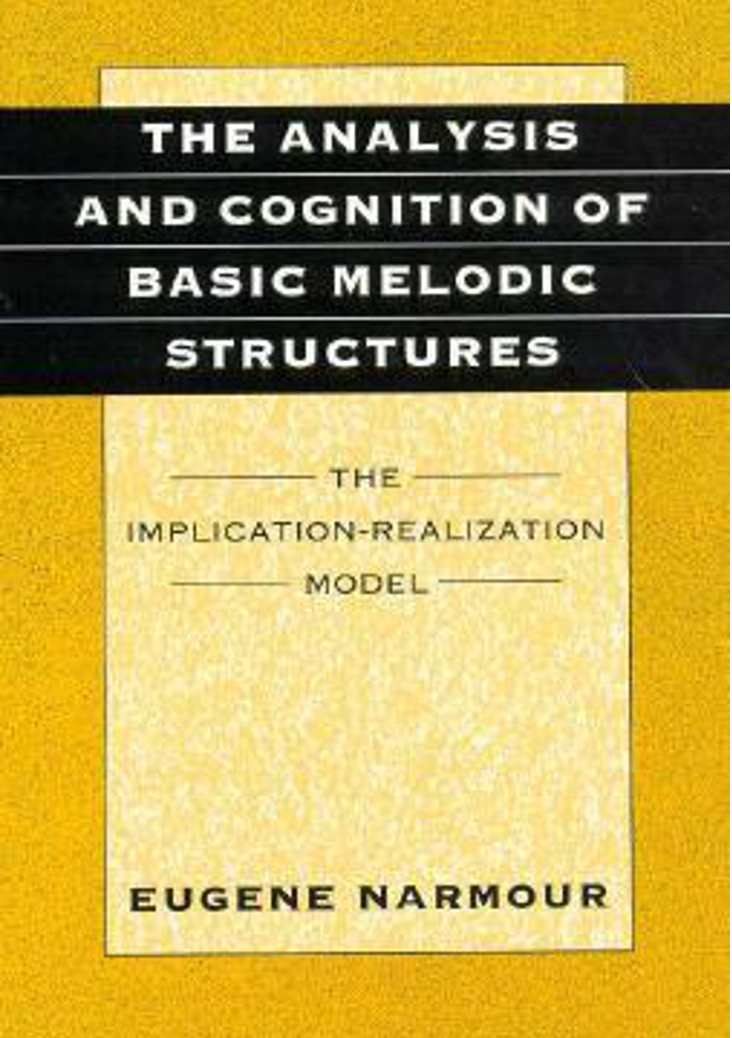Eugene Narmour
For 40 years, Eugene Narmour has crafted and codified the implication-realization model, a unified theory of music perception based on the work of Leonard Meyer. In 1990, building on his first book, Beyond Schenkerism , he published The Analysis and Cognition of Basic Melodic Structures , which presents a rigorous theoretical and analytical treatment of melody. Along with its partner, The Analysis and Cognition of Melodic Complexity, Narmour’s 1990 book addresses not only melodic structure but also musical affect, implication-realization, hierarchy, closure, the purpose of music analysis, and much more. It has inspired numerous theoretical studies of melodic perception, expectation, style, parametric analysis, and form as well as many experiments aimed at shedding light on melodic structure and implication. Narmour's 1990 book has led to his more recent work on orchestration, emotion, automatic composition, performance, the perception and cognition of visual art, and neuroimaging with fMRI.




